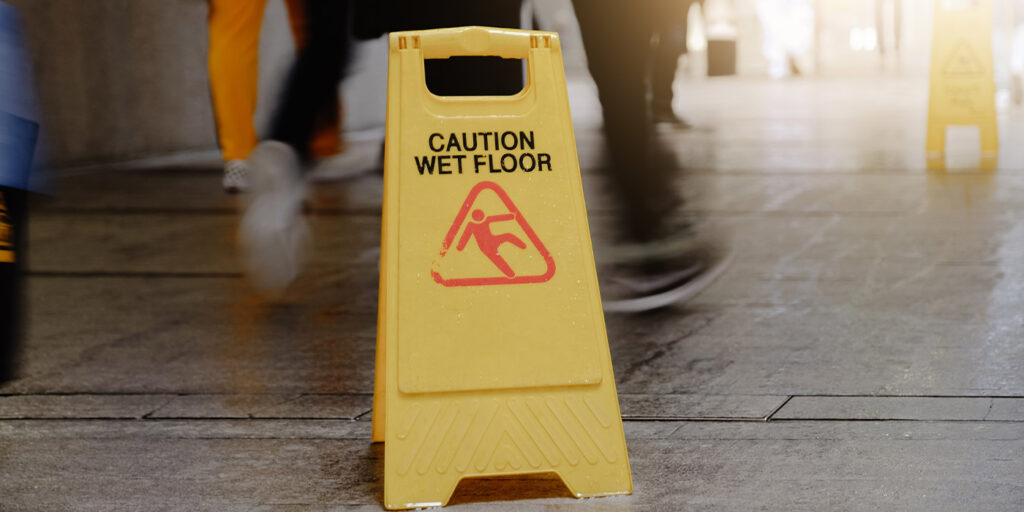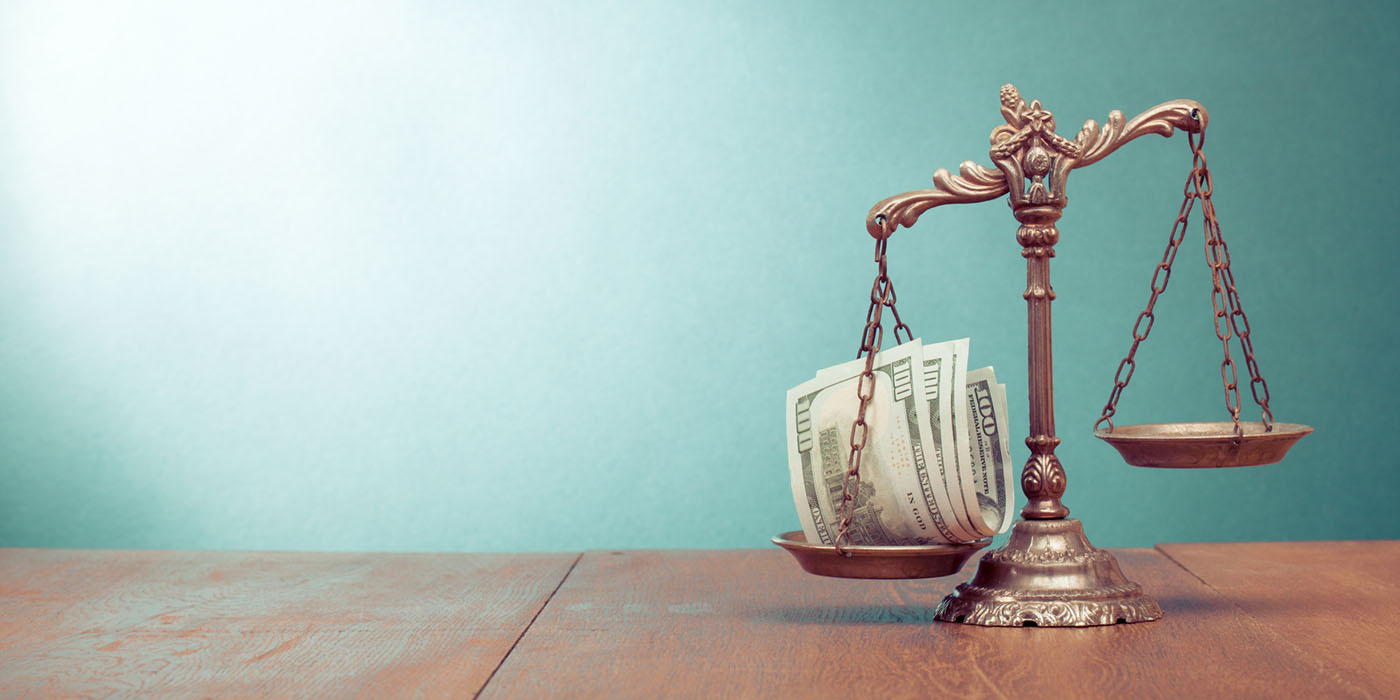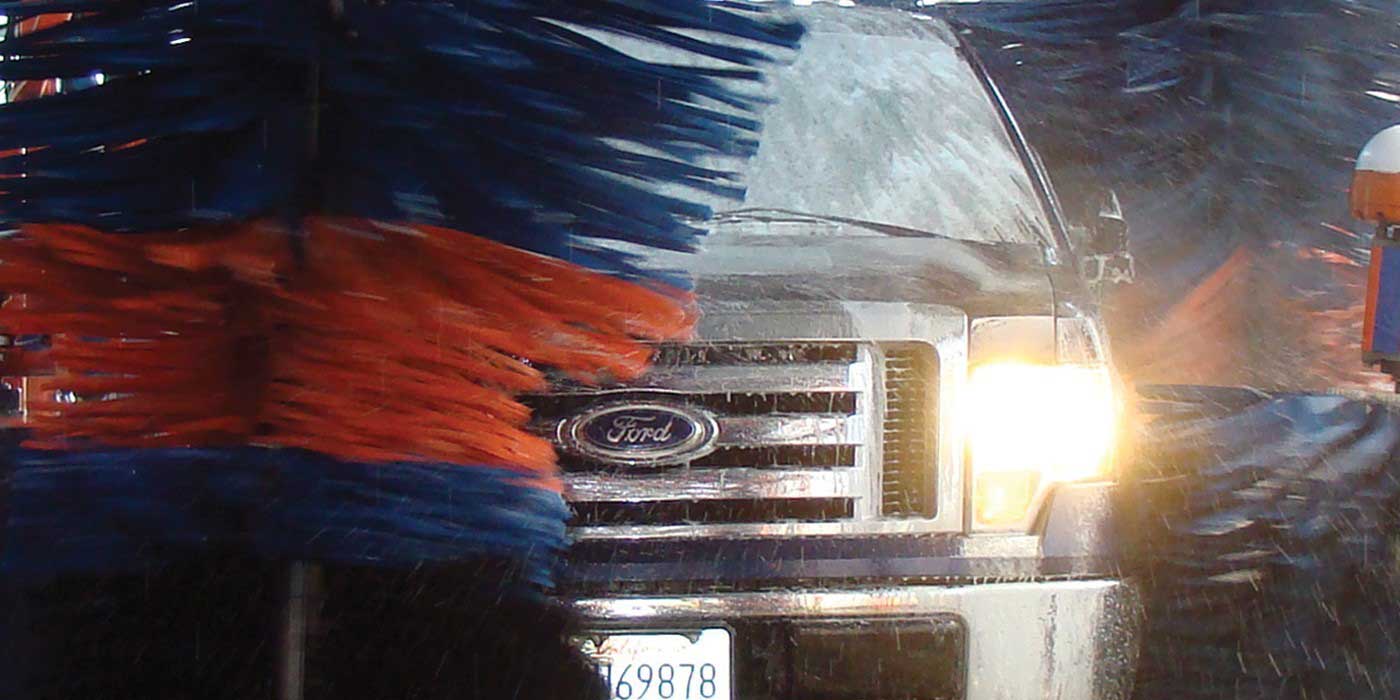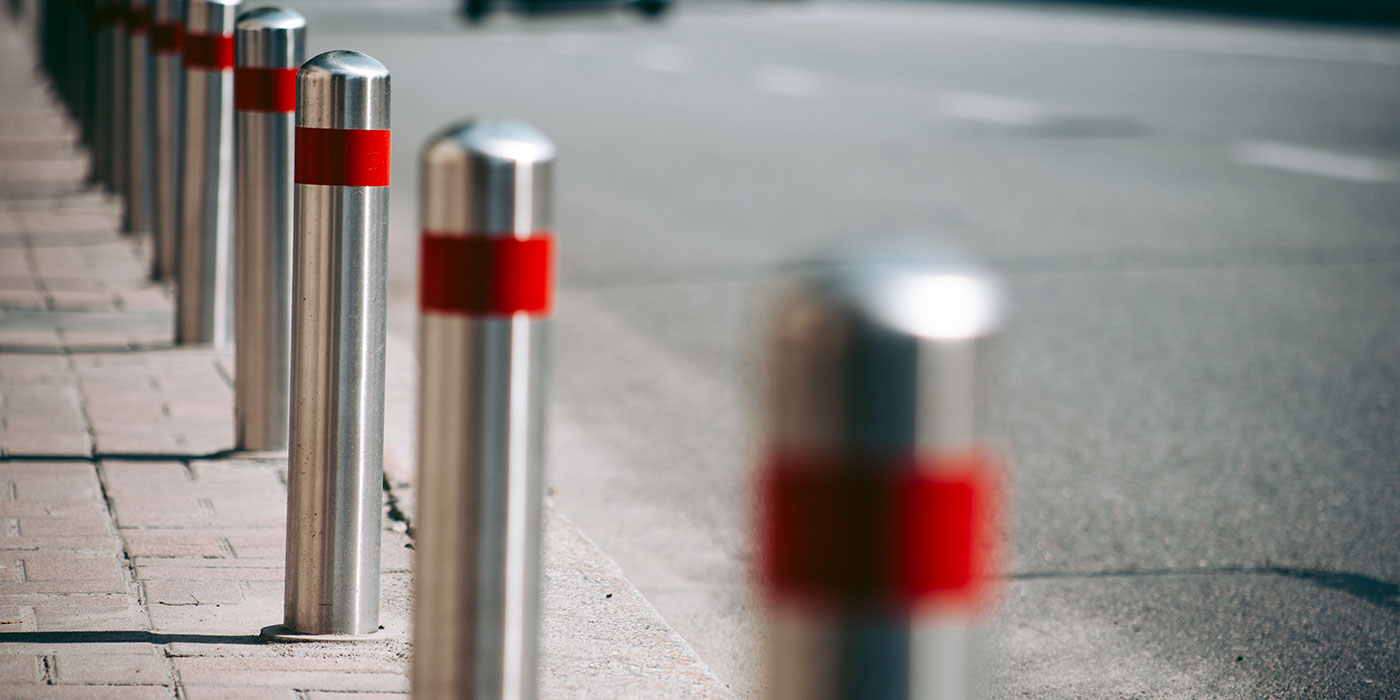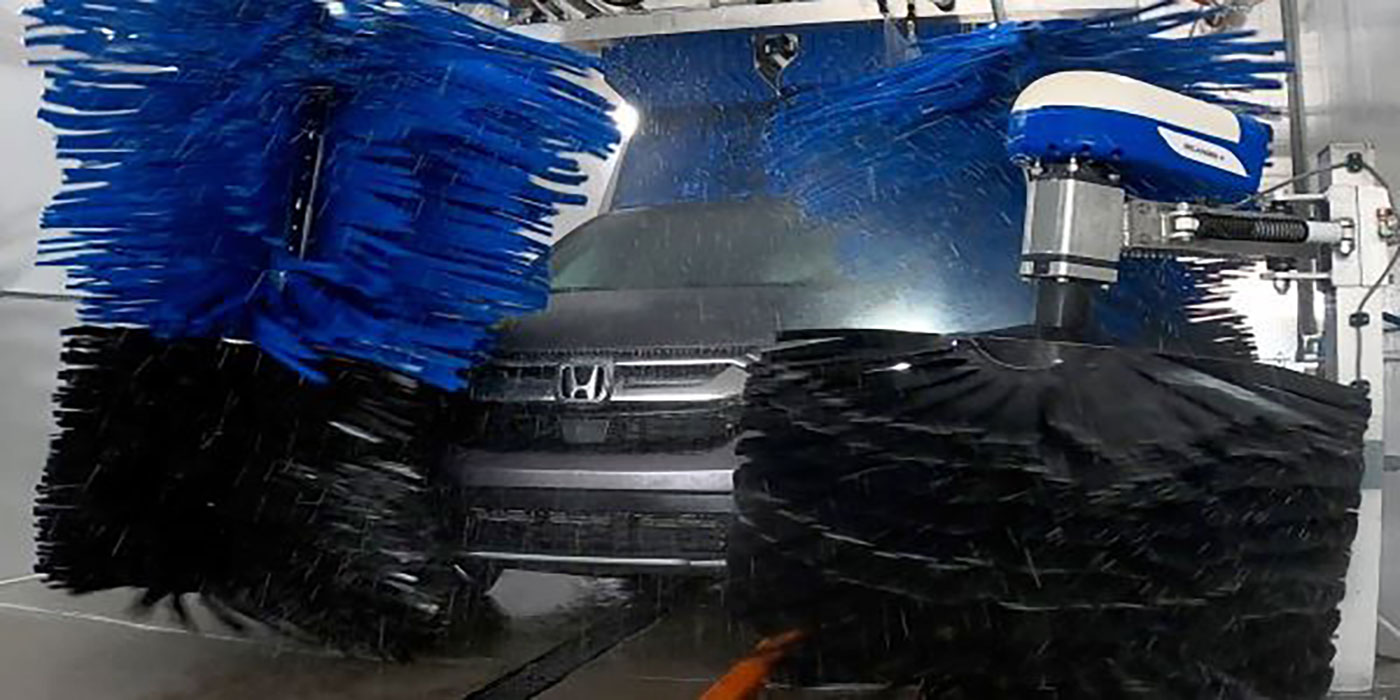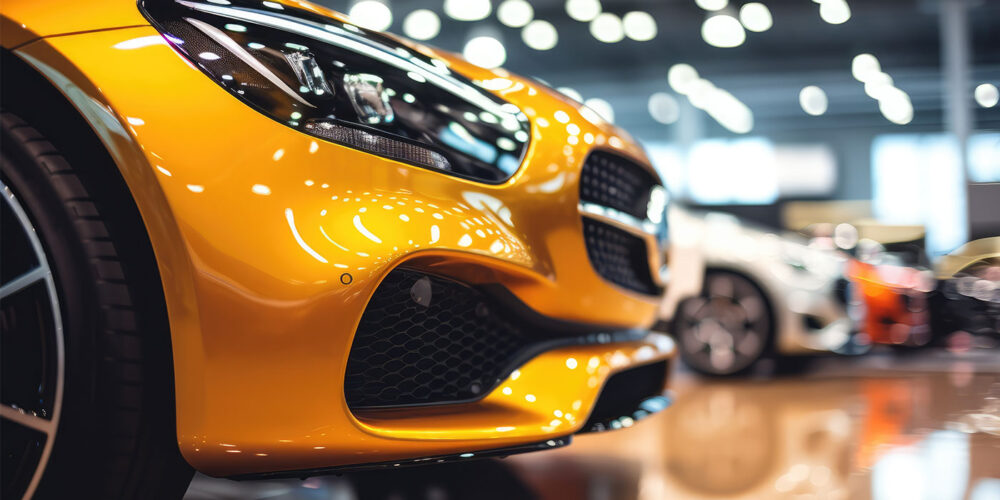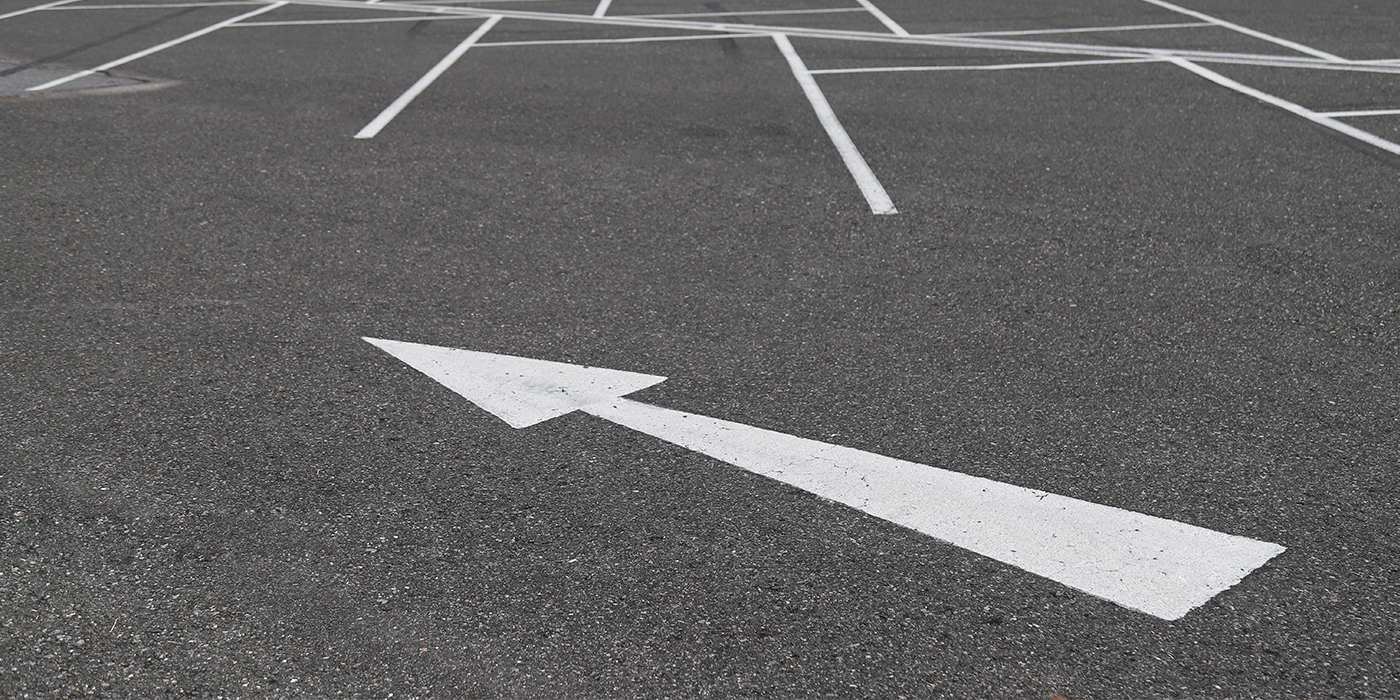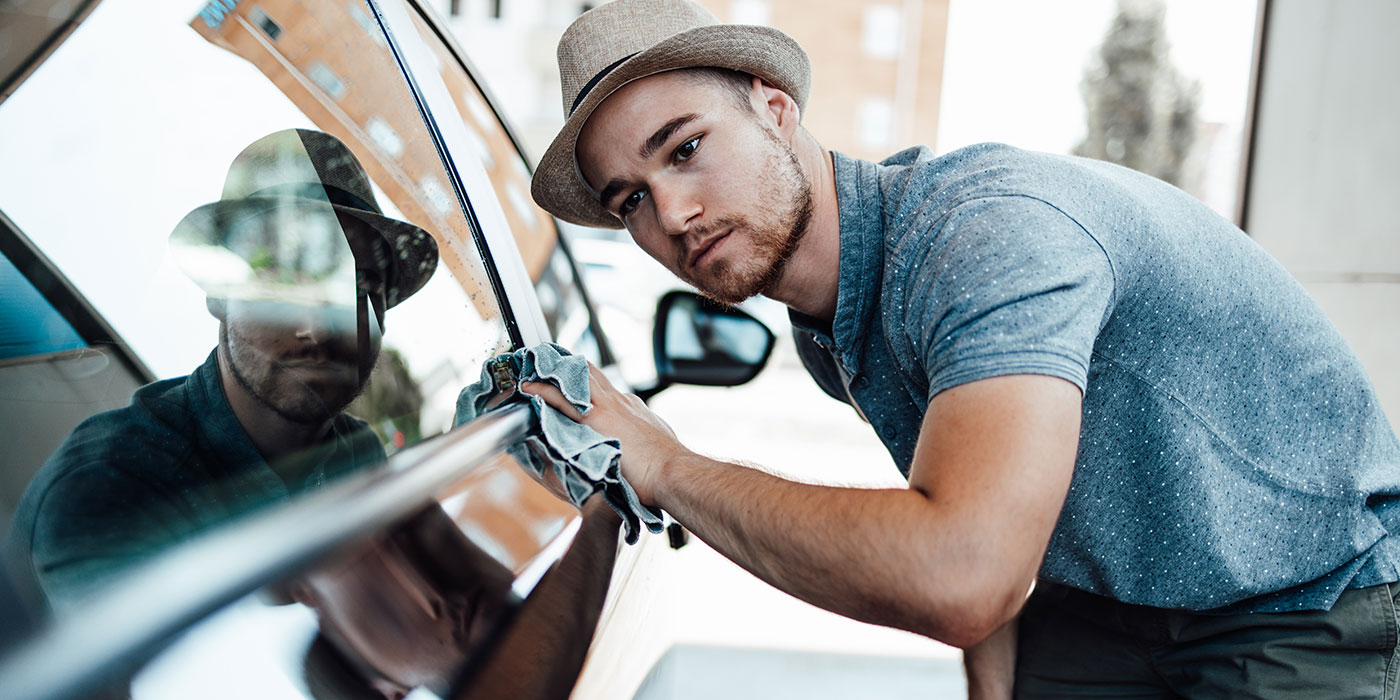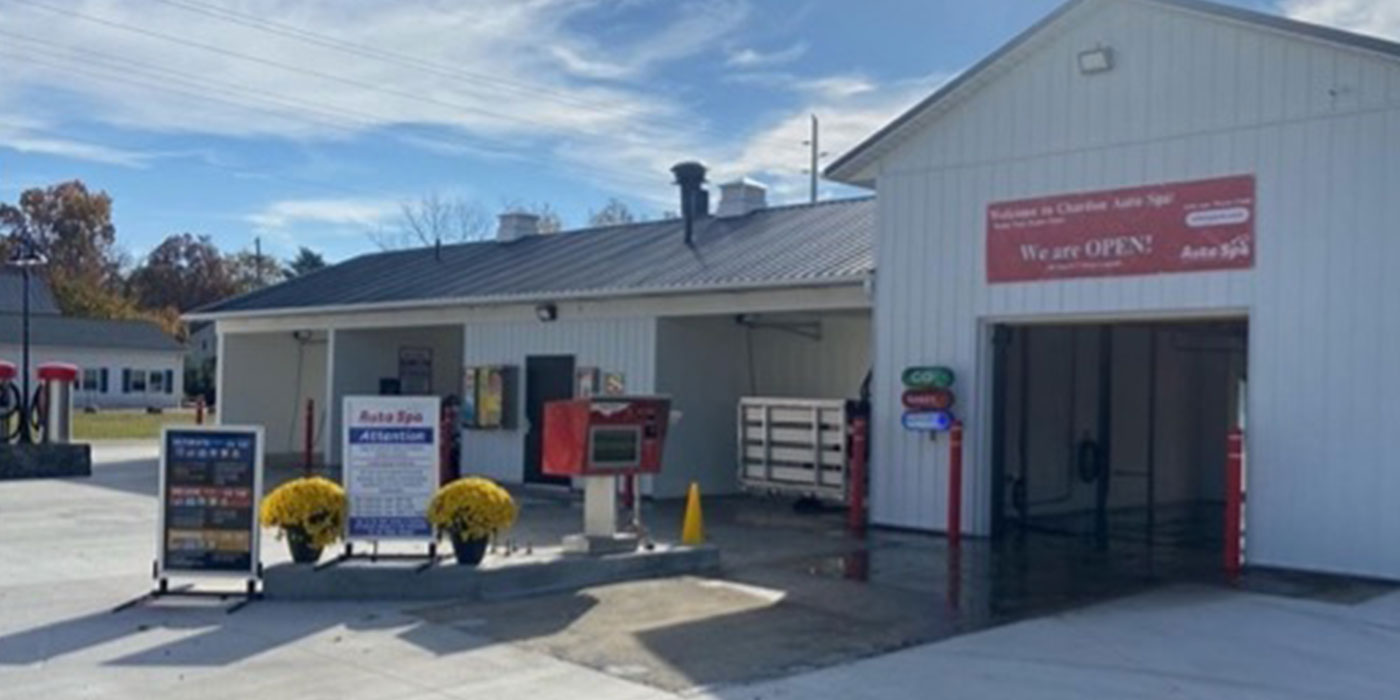Carwashes likely don’t come to mind when thinking of dangerous workplaces. Indeed, wash workers and customers face relatively few hazards compared to other industries, but that doesn’t mean you can overlook safety.
Slip and fall hazards are the most prominent risks in a carwash. If you run a car washing or detailing business, you should do all you can to ensure employees and customers don’t slip.
The dangers of slip and fall injuries
Running a carwash will naturally create some slippery surfaces. All the soap and water you use can make it easy to lose traction and fall onto the hard concrete. While that may seem like a minor concern at first, these incidents can have serious consequences.
Slips and falls are the leading cause of workers’ compensation claims and the most common reason for emergency room visits.1 While a fall at a carwash is unlikely to be fatal — as people won’t fall from heights — it can still cause severe injuries. People could break bones, experience extreme pain and even fall unconscious if they hit their head.
You may be liable for these injuries and their related expenses as the business owner. Property owners have a duty to maintain reasonably safe conditions under U.S. law.2 Failure to address and mitigate hazards could result in legal damages.
Preventing these accidents
While slip and fall injuries are concerning, they’re easily preventable. Here are a few steps carwash owners and operators can take to reduce and mitigate these hazards and their consequences.
1. Install proper drainage systems
OSHA places hazard elimination at the top of the hierarchy of controls, saying getting rid of hazards entirely should be employers’ first goal.3 Even apart from OSHA recommendations, prevention is always better than a cure.
For car wash slip and fall hazards, that begins with reducing slippery surfaces. Installing a proper drainage system underneath washing areas is one of the best ways to do so. Place grates at the bottom of sloping ground to help water and soap run off quickly, keeping the floor as dry as possible.
Smoother surfaces may cause water to slide off easier, but they’ll also be more slippery when wet. It’s best to use a rough and textured floor to improve grip while relying on grates and slopes to get rid of excess water.
2. Pay attention to weather hazards
Another critical factor to consider is the weather. Water evaporates more quickly in the summer heat, so your carwash grounds may not seem slippery. However, the same property can become extremely hazardous during the winter when unevaporated water freezes.
As temperatures drop, keep an eye on forecasts to know when you may need to salt the property to prevent ice. Keep in mind — temperature readings don’t have to reach 32° Fahrenheit for frost and ice to appear on the ground.
Most weather station thermometers are four to six feet off the ground, and cold air sinks because it’s denser.4 As a result, the ground temperature can be chillier than your weather app says, so it’s best to salt the pavement even before temperatures reach freezing.
3. Practice good housekeeping
Throughout the day, your carwash may become cluttered with hoses and other equipment, creating new trip hazards. Similarly, some washes use mineral oil or WD-40 to clean some stains, which can be slippery if someone spills them.5 Cleaning these messes as soon as possible can help mitigate fall risks.
Employees should clean liquid spills as soon as they occur, using either a mop or a squeegee to push them down a nearby drain. Getting in the habit of putting equipment away in a designated storage area will reduce other trip hazards.
If your wash has self-service areas, pay attention to spills and loose hoses in these areas too. Employees should check them after customers leave to ensure the space is de-cluttered and dry.
4. Provide appropriate PPE
Personal protective equipment (PPE) can also go a long way in mitigating slip and fall hazards. While these dangers aren’t severe enough in carwashes to warrant helmets or harnesses, non-slip shoes should be part of the uniform.
OSHA generally requires employers to pay for PPE, so you may have to provide non-slip shoes for your employees.6 You could also argue that other controls are sufficient enough that non-slip footwear isn’t necessary for employee safety, in which case you wouldn’t have to cover it. However, it’s best to err on the side of caution and provide it for employees.
Not all types of non-slip shoes are ideal for all work surfaces. Review various kinds to ensure you get the most effective style for your employees.
5. Post signage
Another critical step is to post signage warning people about slippery surfaces. This applies to both employee work areas and any self-service stations your carwash may have.
Failing to place signs about wet surfaces could constitute negligence if someone slips, making you liable for the injury.7 While signage alone may not be enough to keep you on safe legal footing, it’s an essential additional step. You should post signs about slip and fall hazards anywhere the ground may be slippery.
Make sure this signage is easy to read from multiple angles. Large and boldly colored signs are ideal, and employees should keep them clean and well-lit.
6. Train employees
As with any other hazard, thorough training can go a long way in preventing slip and fall injuries. Many incidents simply result from poor safety practices or not paying attention. Teaching employees how to work safely and be mindful of their surroundings will help stop that from happening.
Proper cleanup policies and learning common hazards to watch for should be part of every worker’s onboarding training. Managers should also provide regular refreshers over best practices, like not running near wash areas. These repeated sessions will help make safety policies a habit for employees.
Reprimanding employees for failing to follow protocol will help further reinforce these habits. Setting rules and best practices are only the first steps — you must also enforce them fairly and consistently.
Keep your carwash as safe as possible with these tips
Slip and fall injuries can be likely in carwashes if you’re not careful. Following these steps will help keep both employees and customers safe. They may also save money by avoiding potential legal conflicts.
Slippery surfaces are a relatively unavoidable part of running a carwash. However, if you follow these steps, you can minimize them and ensure they don’t pose a legal and safety risk to your workers and guests.
Sources:
1https://nfsi.org/nfsi-research/quick-facts/
2https://www.randspear.com/blog/slip-and-fall-injuries-involving-ice-and-snow/
3https://www.osha.gov/safety-management/hazard-prevention
4https://www.weatherstationadvisor.com/what-is-a-weather-station/
5https://modded.com/the-absolute-best-way-to-wash-your-car/
6https://www.osha.gov/personal-protective-equipment/payments
7https://www.hg.org/slip-and-fall.html
Oscar Collins is the founder and editor-in-chief of Modded, where he writes about cars, car trends and auto news. Follow him on Twitter @TModded for frequent updates on his work.

